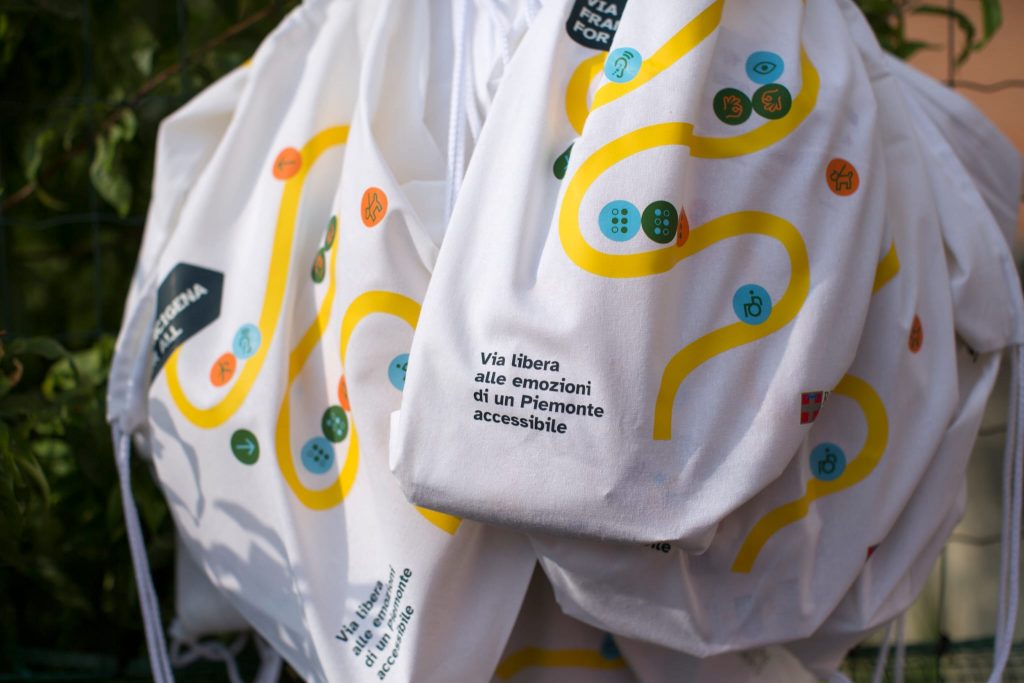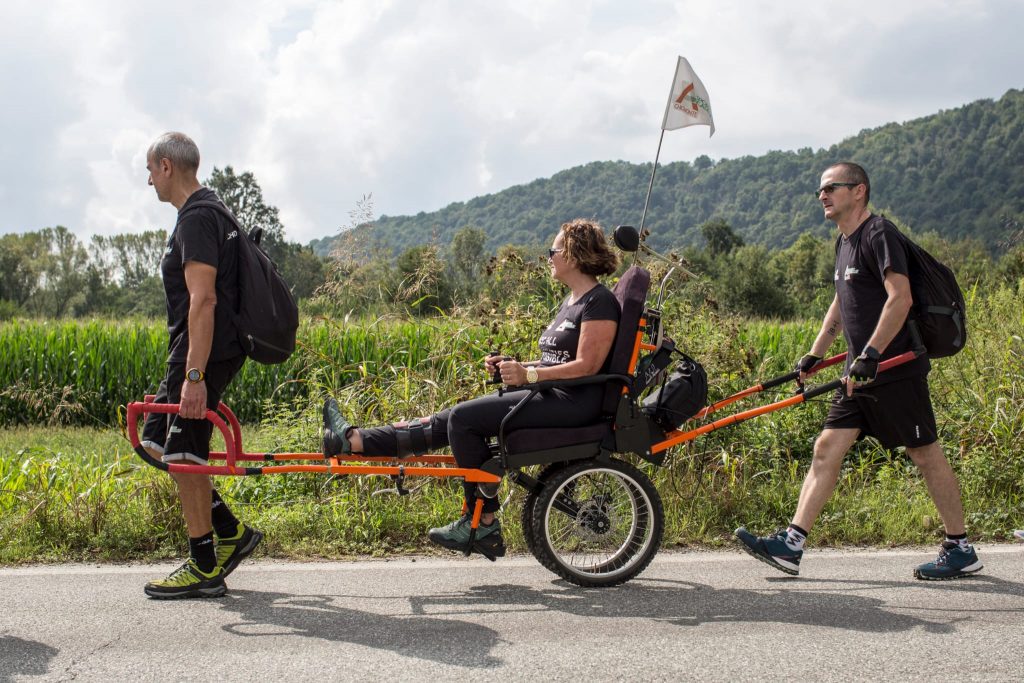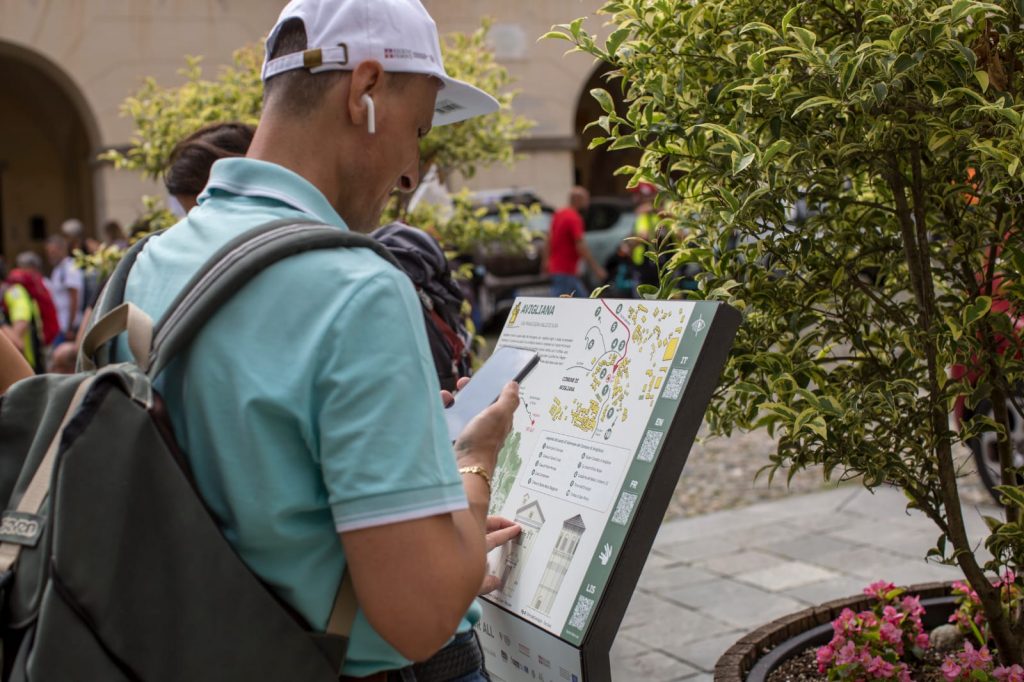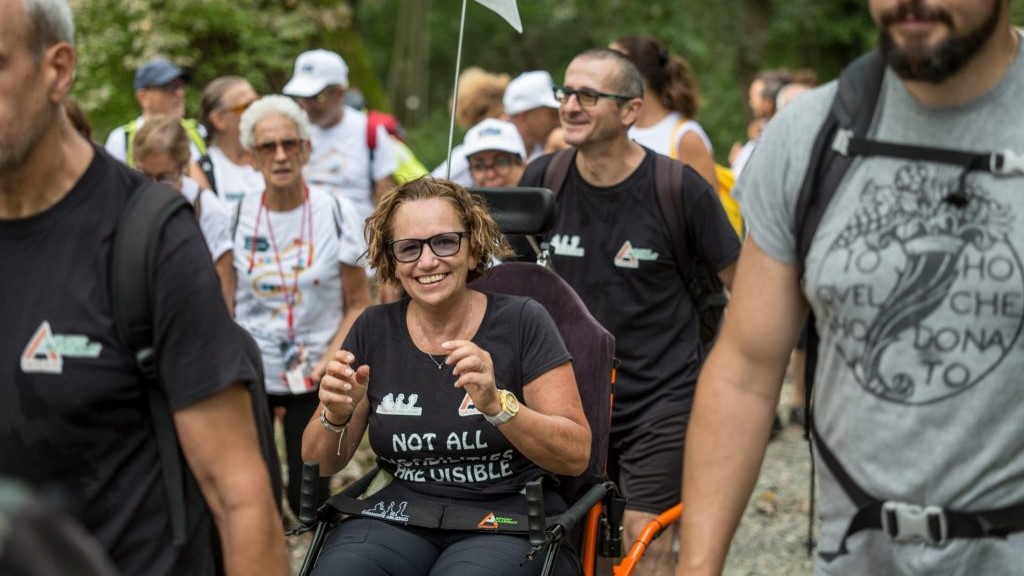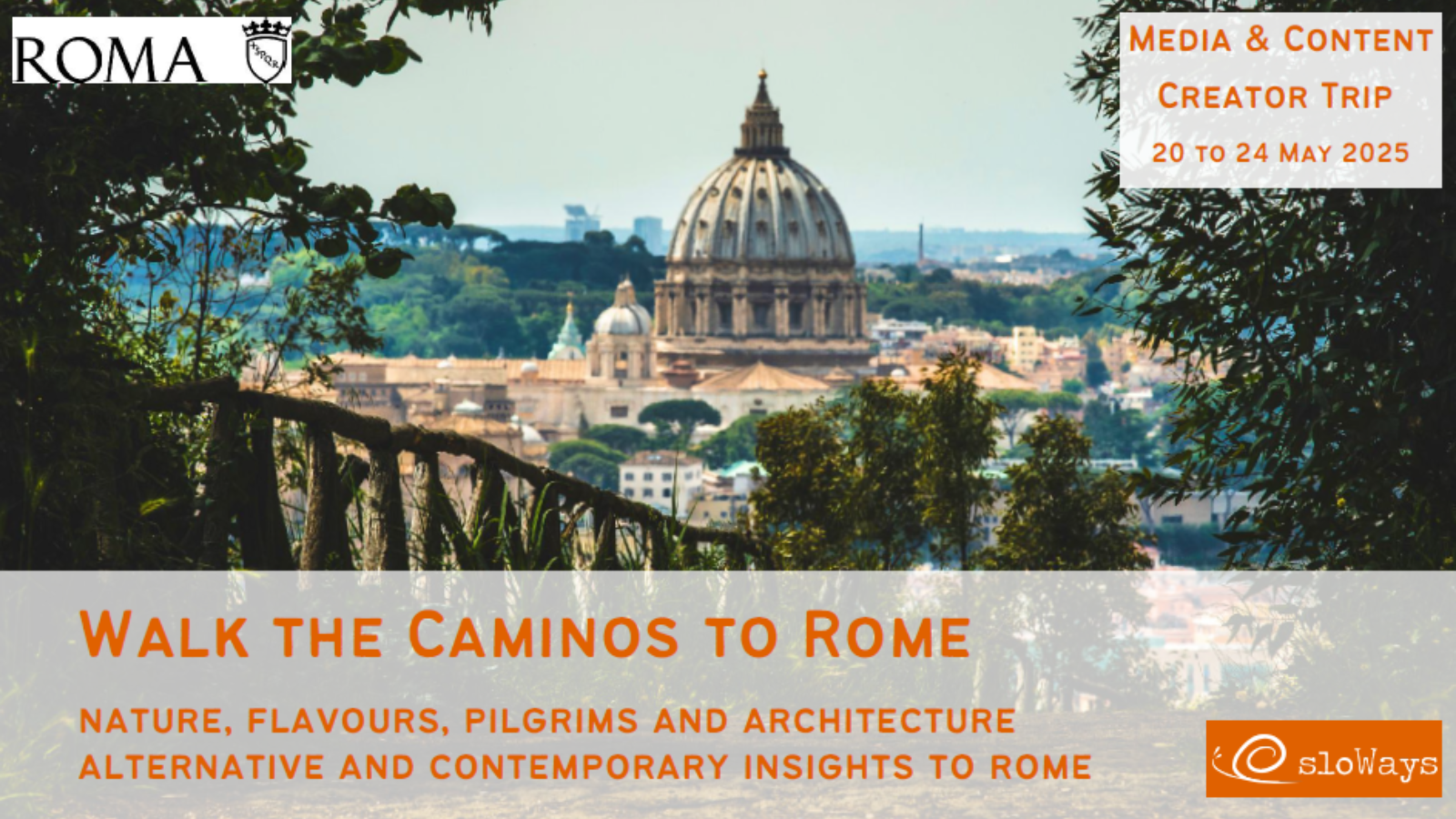The Via Francigena belongs to everyone, but above all, it is for everyone. A route stretching over 3,000 kilometres from Canterbury to Rome and continuing to Santa Maria di Leuca, which is increasingly working on its trails to ensure they are accessible to all.
What does the word accessible mean? The term derives from the Latin accessum, meaning the possibility of approaching or entering a place. This is why, when we think of a journey, we must consider not only the space it covers, but also who is walking through that space: those who have access to it, in other words.
This kind of journey represents a different way of travelling, a slow path that accompanies not only the body but also the emotions of those who embark on it. It is a discovery of both the outer and inner space, which is why it is not only the traveller who must adapt to the territory, but the territory itself must also shape itself around the traveller.
There are many themes to consider needs of people.
For all these reasons, EAVF is actively working to transform its paths, first and foremost supporting projects that are actively working towards this goal, such as Via Francigena For All, a project made possible thanks to Regione Piemonte, Visit Piemonte, and Turismo Torino e Provincia, in collaboration with various partners and associations. It was funded by a call from the Presidency of the Council of Ministers for accessible and inclusive tourism for people with disabilities. In two years, the project has mapped 150 sites along 36 kilometres of the route, created three new resting areas, and made 20 churches accessible.
The project focuses on the ‘Canavese’ area in Piedmont region, between Ivrea and Viverone, and the Susa Valley variant, between Villar Focchiardo and Avigliana, involving the surrounding areas and their cultural, natural, sports, and gastronomic tourism offerings.
2024 ended with the inclusive walk from Sant’Ambrogio to Avigliana, rounding off a year filled with numerous initiatives. In addition to the previously mentioned achievements, these included the census of accessible accommodations, the adaptation of tourist offices, and the installation of tactile-visual panels along the route, with Braille content for visually impaired people and QR codes that describe the locations in Italian, English, French, and LIS (Italian Sign Language) for people with hearing disabilities. Work placements dedicated to social inclusion were also organized.
The hope is that these activities will continue to grow and that more regions will follow Piedmont’s example, transforming the territory to serve any traveller who wishes to cross it, regardless of the means they choose, as long as it remains sustainable and non-invasive.
